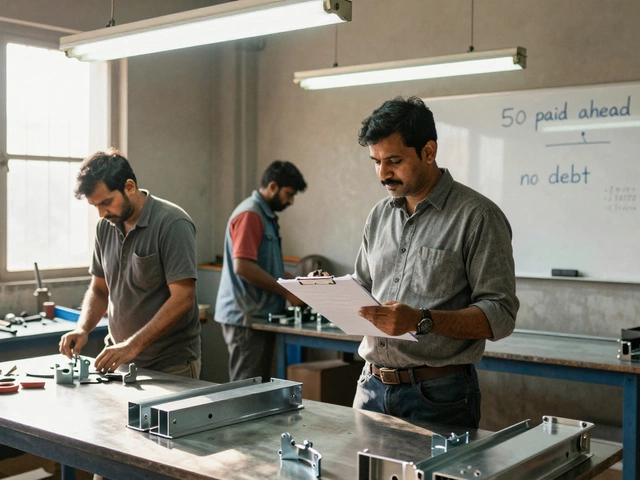Manufacturing Growth in India: What’s Driving It?
India’s factories are humming louder than ever. From new tech in Gujarat to small‑scale units sprouting in Tier‑2 cities, the sector is upping its game. If you’re wondering why this surge matters for you, you’re in the right spot. Below we break down the big forces behind the boom and give you quick actions you can take today.
Key Drivers Behind the Rise
First off, government incentives are a major push. The Production‑Linked Incentive (PLI) schemes lower costs for electronics, pharma, and textile makers, making it cheaper to scale up. At the same time, logistics are improving – better highways, upgraded ports, and cheaper rail freight mean raw material gets to the shop floor faster.
Second, talent is finally catching up. Technical colleges and industry‑run apprenticeship programs are flooding the market with skilled operators, engineers, and quality controllers. That’s why articles like “Understanding the 5 M’s of Manufacturing” stress the importance of matching the right people (Man) with the right machines.
Third, tech adoption is no longer optional. Smart sensors, IoT platforms, and cloud‑based ERP systems are helping factories cut waste and boost output. The piece “Three Pillars of Manufacturing” points out that production, quality, and efficiency now depend on data‑driven decisions.
Practical Steps to Ride the Growth Wave
Want to start your own manufacturing venture? Start with the guide “How to Become a Successful Manufacturer: Step‑by‑Step Guide for 2025.” It walks you through choosing a product, figuring out capital needs, and securing the right licenses. Keep the 5 M’s in mind – know your material sources and measurement tools before you buy big equipment.
If you already run a small unit, look at the “Step‑by‑Step Guide to Launching a Small Scale Industry Successfully.” It suggests a quick audit: list every machine, note downtime causes, and see which processes can be automated. Simple changes like adding a calibrated measurement device can shave hours off a batch run.
For those eyeing high‑demand products, the “Highest Demand Product Ideas for Manufacturing Startups” article curates a short list – think eco‑friendly packaging, modular furniture, and low‑cost medical devices. Pair that list with the “Most In‑Demand Products in 2025” insights to gauge market size before you commit.
Finally, stay informed about policy shifts. The post “Largest Pharma Hub in India (2025)” shows how regional clusters can affect supply chains. Knowing whether Baddi, Hyderabad, or Gujarat will dominate a segment helps you decide where to locate your plant or source parts.
Bottom line: India’s manufacturing growth isn’t a flash in the pan. It’s backed by policy, talent, and tech. Use the resources on BK Allied to map out your path, pick the right product, and fine‑tune your operations. The sooner you act, the more you’ll benefit from the momentum building across the country.
Why India Isn’t the World’s Manufacturing Hub: Deep Dive Into Challenges & Real Solutions
India’s massive potential as a global manufacturing giant remains largely untapped. Explore what’s holding India back from becoming a true manufacturing hub, from red tape to power outages, and see what steps can make a difference.
Read More




